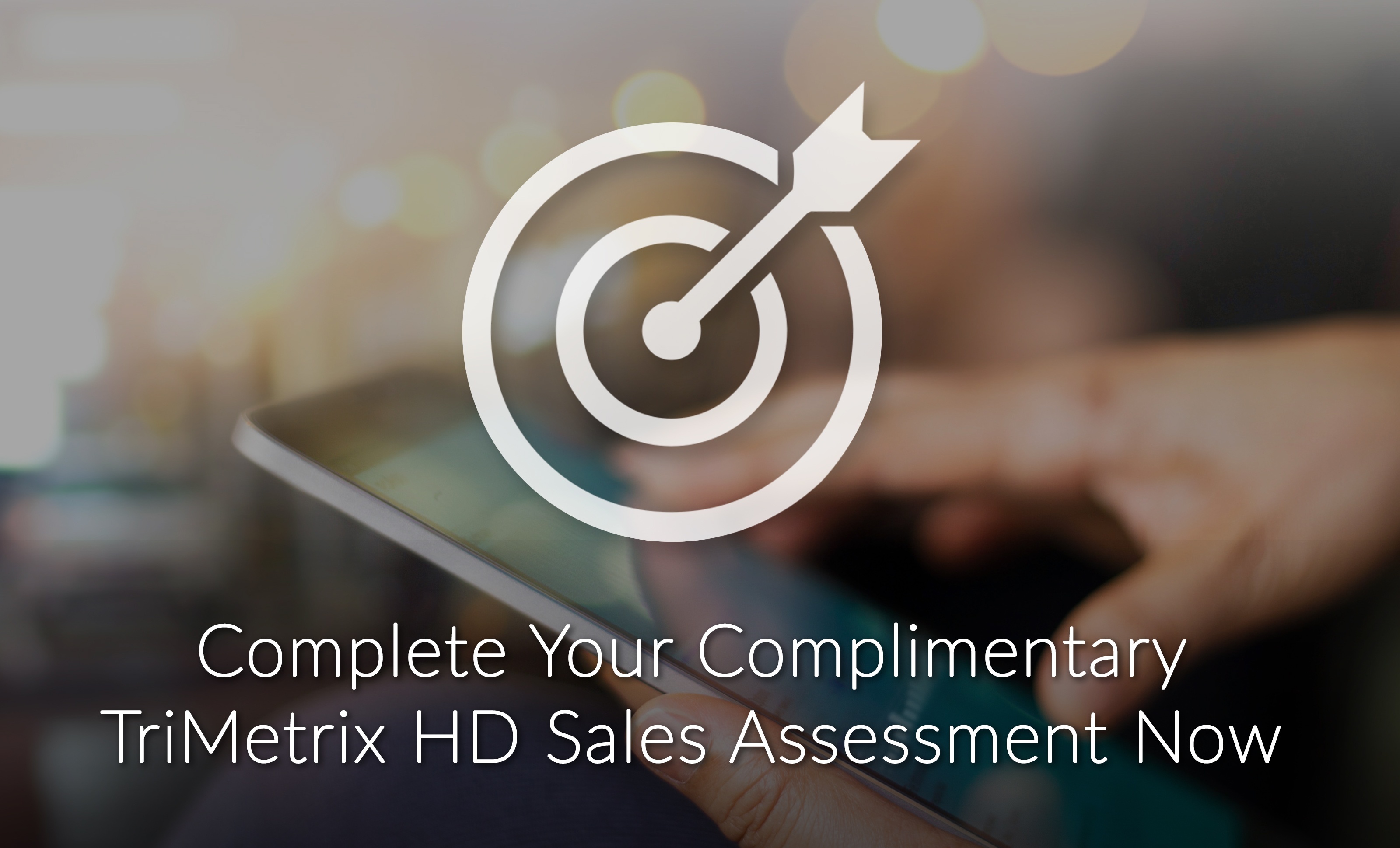 You have put in a great deal of effort to identify the best possible new employee.
You have put in a great deal of effort to identify the best possible new employee.
Now the hard work really begins. The first few weeks of your new employee team member's career with your company are critical. This is an important time to shape their mind - to ensure they start off on the right foot.
Following are twelve key steps to improving your new hires productivity, experience, and your mutual sanity.
- Slow down to speed up. There is likely to be some work that has piled up that the new hire needs to jump into. While it is tempting to begin clearing up the backlog of work to be done, there is one thing that is much more important. The most important activity you can begin doing immediately is set the tone for the future - "the way things are done around here", job expectations, communication / conflict norms, and getting to know your new hire.
- Begin with the end in mind. What do you really want to have happen? With a new hire comes new opportunities. Look out a year into the future. What does success look like? What will you wish you had done then that you could do now? Look at your past hires - what worked well and what did not? Be proactive.
- Communicate the vision. Why is your company in business? What do your products / services do for the Customer? What matters most? Where have you been? What are you doing well? Not doing well? Make sure your company has a clear vision and communicate this with the new team member.
- Review the new employee's personality assessment. Smart companies assess candidates to ensure they are bringing onboard the best possible talent. Then, they use the assessment results to improve the onboarding process. Take the time to review the new employee's assessment results to identify ways to better connect, coach, and develop him or her.
- Set the communication tone. Debrief the assessment results with the new employee. Discuss how the new team member likes to be communicated with and how existing team members can optimally communicate with the new employee. Also, share your preferences for communication. Do all this and you will save potential heartache, stress, and avoid miscommunication.
- Share conflict / meeting norms. Let the new employee know how conflict is resolved in your team and company. If his or her behavioral style is more aggressive than the company's conflict norms or less aggressive - set the tone to reduce anxiety and help them fit in.
- Set performance expectations. While it sounds strange... Few people actually know what success looks like in terms of performance. Performance expectations are different for everyone. For example, getting a B may be great to one student but failure to another. Set the tone of what is expected in the company.
- Implement fast and candid feedback loops. Make it known that candid feedback is appreciated, expected, and goes both ways. Create the mindset that for the first 90 days you will meet with the new employee to complete a "331" - 3 things going well/ 3 things not going well/ 1 thing the new team member needs help with.
- Encourage "dumb questions". The only dumb questions are those that are not asked. Questions that begin with "Why do you do it this way?" are critical to their understanding and your awareness that there may be a better way.
- Expect Personal Accountability. The biggest "disease" that robs hope, productivity, and opportunity from people, teams, and and companies is a lack of Personal Accountability. If you want to "innoculate" the new employee to speak the language of accountability - have the new team member read QBQ - The Question Behind the Question by John Miller.
- Set him or her up for success. Help the new team member make themselves "The Obvious Choice". The best way to shape the mind of new employee team member is to have them read and live "The Obvious Choice" by Bryan Dodge and David Cottrell. This book is powerful if and only if you lead by example and expect the same of others.
- Get to know the new employee. Everyone has hopes and dreams. Few leaders go there and few employees share them. It takes time to build trust and vulnerability-based trust is the best kind (read Patrick Lencioni's The Five Dysfunctions of a Team). Begin a dialogue to learn about their lives - what is important to them - their family - their time away. Be vulnerable and expect vulnerability.
Smart leaders and companies take the necessary time early in the career of their new employee and onboard correctly.
Proper onboarding leads to improved employee morale, productivity, and retention.




